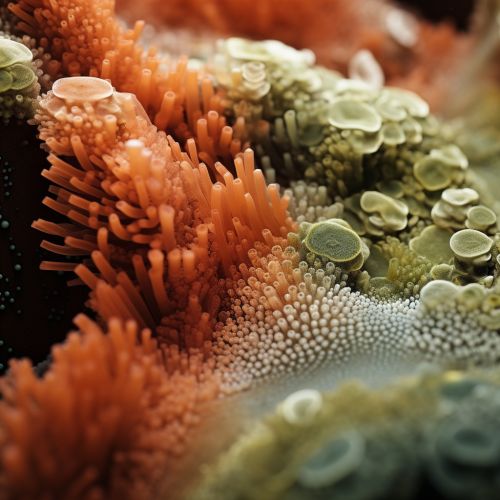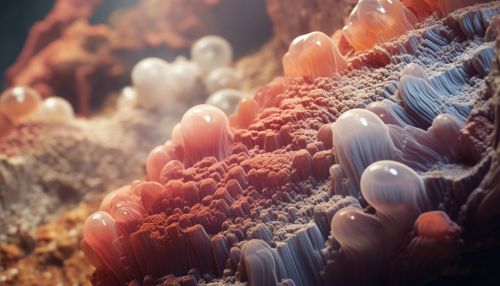Bacterial Quorum Sensing and Biofilm Formation
Introduction
Bacterial quorum sensing (QS) is a cell-to-cell communication process that enables bacteria to coordinate their behavior based on population density. This communication is achieved through the production, release, and subsequent detection of chemical signaling molecules known as autoinducers. QS plays a vital role in the formation of biofilms, which are structured communities of bacteria encased in a self-produced matrix. The biofilm mode of growth allows bacteria to survive in hostile environments and resist antimicrobial treatments, posing significant challenges in clinical and industrial settings.


Quorum Sensing
Overview
Quorum sensing was first identified in the marine bacterium Vibrio fischeri, where it controls the expression of genes responsible for bioluminescence. Since then, QS has been found in a wide range of bacterial species, both Gram-negative and Gram-positive, and is known to regulate various physiological processes, including virulence factor production, sporulation, and biofilm formation.
Mechanism
QS relies on the production and detection of signaling molecules known as autoinducers. In Gram-negative bacteria, these are typically acyl-homoserine lactones (AHLs), while Gram-positive bacteria use peptide-based autoinducers. The concentration of these molecules increases with bacterial cell density. Once a threshold concentration is reached, the autoinducers can bind to specific receptors, triggering changes in gene expression.
Biofilm Formation
Overview
Biofilms are structured communities of bacteria that are attached to a surface and encased in a self-produced matrix of extracellular polymeric substances (EPS). This matrix, composed of polysaccharides, proteins, and DNA, provides protection against environmental stresses and antimicrobial treatments. Biofilms can form on a variety of surfaces, including natural materials, medical devices, and industrial equipment.
Role of Quorum Sensing
QS plays a crucial role in biofilm development. It regulates the production of EPS components and controls the transition from a planktonic (free-swimming) state to a biofilm state. In addition, QS coordinates the dispersal of cells from mature biofilms, allowing bacteria to colonize new environments.
Interference with Quorum Sensing and Biofilm Formation
Given the role of QS and biofilms in bacterial pathogenesis and antimicrobial resistance, these processes have become attractive targets for the development of new antibacterial strategies. Several approaches have been explored, including the inhibition of autoinducer synthesis, the disruption of autoinducer-receptor interactions, and the degradation of autoinducers. These strategies aim to interfere with QS and thereby prevent biofilm formation, reducing the virulence of bacterial pathogens and enhancing their susceptibility to antimicrobial treatments.
